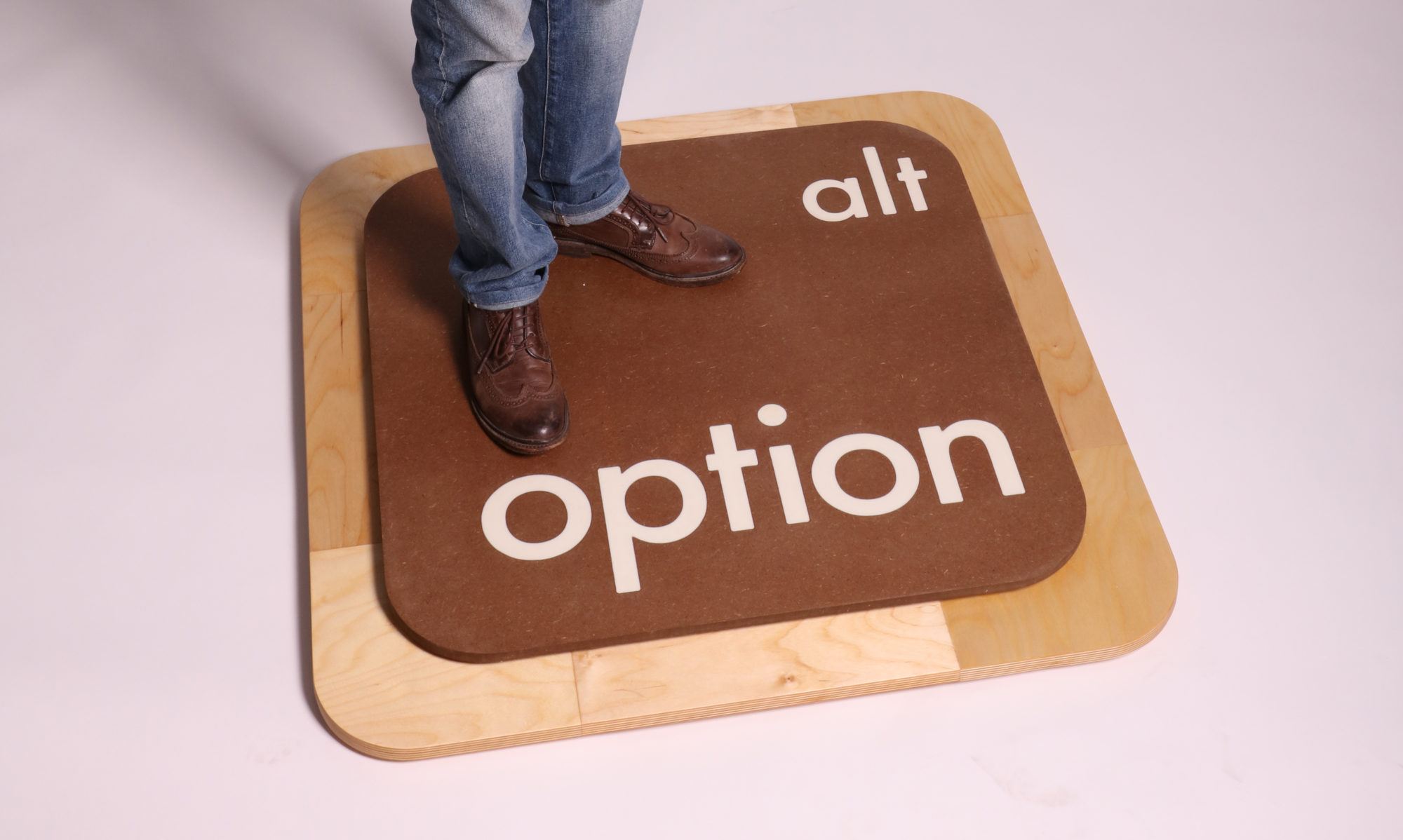Story
The deeper you go into the game, the more surreal it becomes. The player unknowingly becomes complicit in a narrative they don’t understand. The experience asks: what happens when we blindly follow orders without understanding the consequences?
Premise
At first glance, The Sequence is a simple color-matching memory game. But as players complete more rounds, a hidden layer unfolds: each round reveals a disturbing real or fictional news clipping, making players question what they’re really participating in.
Process
The 1st version of the game was a card game that was made and tested
The 2nd version of the game was built using HTML, CSS, and JavaScript. I started with basic sequence logic, then integrated mood-based design changes (ambient colors per round) and a modal system to trigger random headlines. I collected both real and imagined news clips and paired them with specific rounds.
INITIAL VERSION (CARD GAME)
The Sequence – Early Card Game Version
Premise:
Players drew and replicated color pattern cards, seemingly just to match them — but over time, those sequences triggered event cards (news clippings or real-world consequences), revealing that they were unknowingly participating in something much deeper or darker.
Gameplay Elements:
Color Pattern Cards: Cyan, Magenta, Yellow, Red — shuffled and drawn in sequences
Reaction Phase: After successfully copying a pattern, a news/event card was revealed
Narrative Twist: Players realized that their actions were feeding into hidden systems (e.g., political events, surveillance, or complicit behavior)
Goal:
players kept going, but the real point was to notice the moral weight of their obedience.
FEEDBACK
Well put together but long in gameplay.( Colin )
Needed to provide premise to the game to give an idea to players (Kelsey)
A “FINAL VERSION”
A playable browser-based experience with:
• 16 color patterns
• 16 news clippings (mild to extreme)
• A narrative twist through tone, glitch effects, and unsettling themes
• Great for reflection, discussion, and emotional design critique

